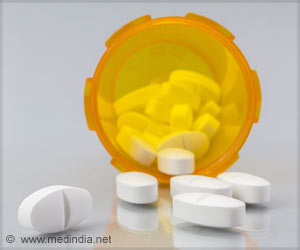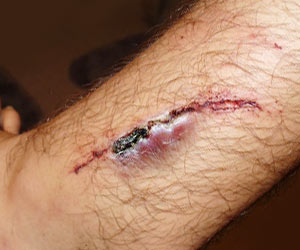Highlights:
- Two studies evaluated the use of corticosteroids in the treatment of patients with septic shock.
- The APROCCHSS trial reported a lower 90-day all-cause mortality in patients who received hydrocortisone plus fludrocortisone as compared to those who received placebo.
- The ADRENAL trial, on the other hand, did not report a lower 90-day mortality in septic shock patients receiving mechanical ventilation who were administered hydrocortisone and compared to those who received placebo.
- Patients on hydrocortisone recovered earlier from the shock as compared to those who received placebo. They needed mechanical ventilation for a shorter duration during the initial period and fewer number of patients required a blood transfusion.
- On the other hand, the total number of days that the patient required mechanical ventilation, the death rate at 28 and 90 days, the rate of recurrence of shock, the number of days alive and out of the ICU, the number of days alive and out of the hospital, the rate of renal-replacement therapy/dialysis required following kidney failure, and the incidence of new-onset bacterial or fungal blood infection were similar between the two groups.
- The two steroid combination slightly improved the 90-day death rate as compared to placebo.
- The number of days that the patient was off vasopressor drugs (drugs to increase blood pressure) up to day 28, or free from organ-failure was significantly more in the group that received the corticosteroids as compared to those who received placebo. The total number of days that the patients were off the ventilator were similar in the two groups.
- High blood glucose levels were noted more commonly in the two corticosteroid group as compared to the placebo group. High blood glucose levels is a well-established adverse effect of corticosteroids. Other side effects were similar to the two groups.
About Septic Shock
Septic shock is a severe form of blood infection that causes an overwhelming inflammatory response and reduces the blood pressure to dangerously low levels. Sepsis can cause the failure of vital organs including the heart, brain and the kidneys. The symptoms may be due to the primary infection, due to the inflammatory response of the body, and due to complications like organ failure, shock, adult respiratory distress syndrome (ARDS) and disseminated intravascular coagulation (multiple clots formed in the blood vessels). The treatment is with appropriate intravenous antibiotics, and other life saving measures like intravenous fluids, nutrition, oxygen and ventilator support.References:
- Venkatesh B et al. Adjunctive Glucocorticoid Therapy in Patients with Septic Shock. N Engl J Med 2018; 378:797-808. DOI: 10.1056/NEJMoa1705835
- Annane D et al. Hydrocortisone plus Fludrocortisone for Adults with Septic Shock. N Engl J Med 2018; 378:809-818. DOI: 10.1056/NEJMoa1705716
- Suffredini AF. A Role for Hydrocortisone Therapy in Septic Shock? N Engl J Med 2018; 378:860-861 DOI: 10.1056/NEJMe1801463
Source-Medindia










